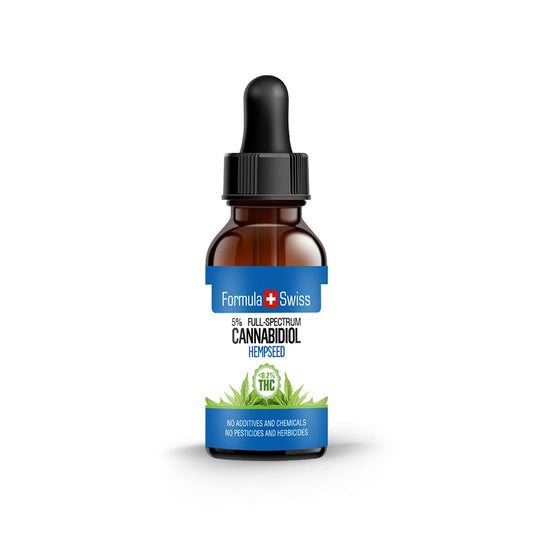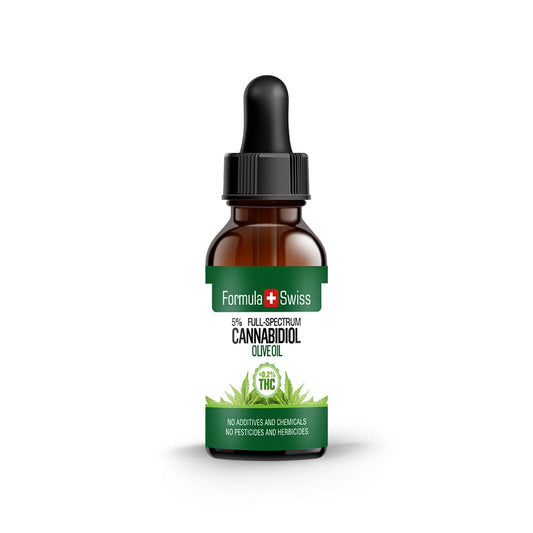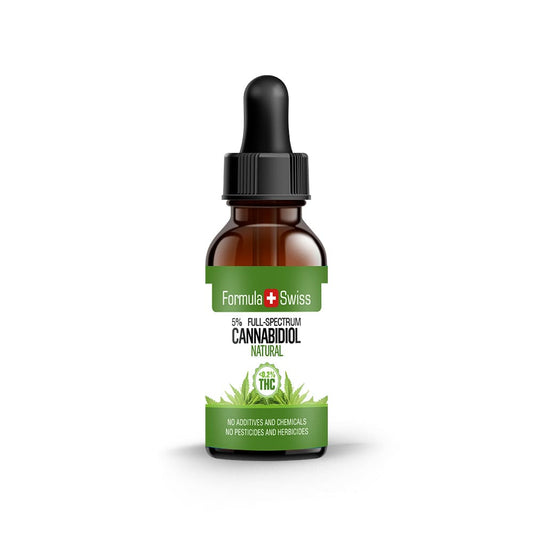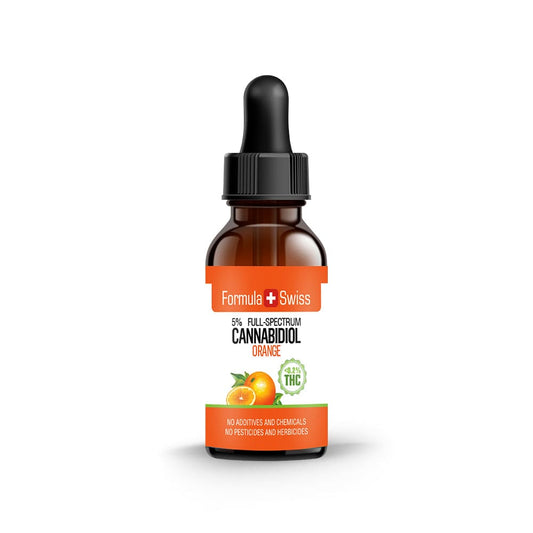Transdermal cannabinoid consumption: A new frontier in medicine
With the increasing recognition of cannabinoids in medicine, especially in regions like the US and gradually in countries like Germany, the methods of administering these compounds are evolving.
While cannabis has long been acknowledged for its potential in alleviating severe side effects of chemotherapy and neuropathic pain from neurological disorders, the focus is now shifting towards refining its delivery for maximum efficacy and minimal side effects.
Understanding transdermal cannabinoid delivery
Transdermal consumption refers to the administration of cannabinoids like THC through the skin. This can be achieved using patches, a method already popular in delivering other medications, notably Fentanyl.
The first THC patch was patented in the US in 2000. These patches primarily consist of an insulating layer protecting them from external factors.
Inside, a mix of a polymer and the desired cannabinoid, such as THC, is introduced. The cannabinoid, embedded between the polymer's macromolecules, is then gradually released. The rate of release and dosage depend on the polymer used and the amount of cannabinoid contained.
Advantages of transdermal delivery
One of the most significant benefits of THC patches is their prolonged and consistent effect. The controlled release mechanism ensures a steady supply of the compound over extended periods, ranging from 8 to 96 hours in some US-available patches.
This consistent delivery is unparalleled by any other form of consumption. Moreover, bypassing the digestive system enhances the efficacy, making the transdermal method comparable to intravenous administration. This precise delivery minimises psychoactive effects and side effects like paranoia and fatigue, allowing patients to benefit from THC's therapeutic effects without daily disruptions.
Discreet and efficient
THC patches offer a discreet way of consuming cannabis, eliminating the stigma associated with smoking or vaporising. This discretion can increase patient acceptance of cannabinoid-based medication. Furthermore, the patches ensure a very targeted delivery, maximising the therapeutic benefits while minimising potential side effects.
Future of transdermal cannabinoid delivery
While THC patches have gained traction in many US states, they remain unavailable in Germany, with only CBD or other non-psychoactive cannabinoid patches on offer. However, the landscape is changing. Several US companies are working on advancing the current THC patch models.
Using technologies like nanoparticles or microneedles, they aim to introduce THC or other cannabinoids into the skin for even more controlled release and extended duration. With these advancements, it's only a matter of time before this delivery method gains popularity in Germany and beyond.






